- Make It Yourself Lavender Heart-Shaped Bath Bombs!
- 20 Things You Never Knew About “Down There”
- 12 Best Foods For Those Suffering From Arthritis Pain
- 12 Personal Hygiene Mistakes Almost Everyone Makes (Mom Never Told You About #4!)
- 15 Medicinal Plants And Herbs From The Cherokee People
- 12 Mind-Blowing Benefits Of Drinking Coconut Water During Pregnancy
- 12 Outstanding Winter Foods That Won’t Fatten You Up Like A Christmas Turkey
12 Herbal Remedies for Diabetes
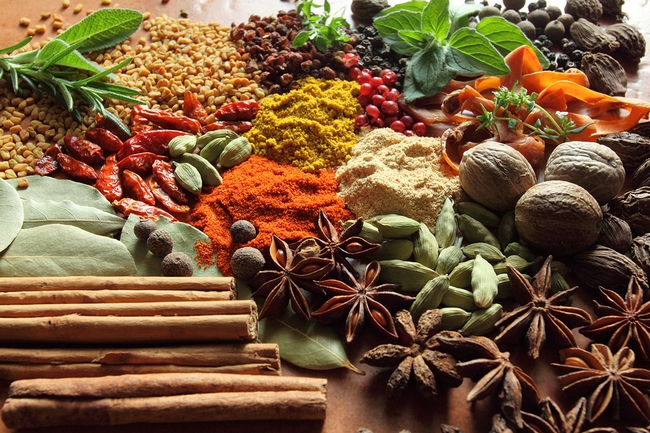
Photo credit: bigstock
Diabetes is a serious health condition that you simply can’t ignore. Although most diabetics need to be under a doctor’s care, there are some things you can do to help keep your condition in check and perhaps even be removed from medication. There are numerous herbs which contain healthful compounds that are very beneficial for those suffering from diabetes.
Take a look at the top 12 herbs that can help diabetics most. Always discuss the use of herbs with your doctor before beginning any program.
1. Guduchi (Amrit)
This herb has been traditionally used to help the body deal with stress and illnesses but extracts from the stem of this plant have also been found to inhibit an enzyme called alpha glucosidase, which breaks down glucose in the body. The inhibition of this enzyme can delay the digestion of carbs, thereby slowing the absorption of glucose. This means that many diabetics can avoid hyperglycemia.
You can buy this stem fresh and prepare it by washing a thumb sized piece and soak it in water overnight. The next morning, crush the stems and drain the water. You eat the starchy portion that is left in the bottom of the cup. You can also buy guduchi sattva supplements in a capsule form in most health food stores. Follow the label instructions for dosage amounts. Always be sure to buy organic items, whether fresh or supplements, and buy high-quality items. Your life may depend on it.
2. Fenugreek
This herb has large amounts of a soluble fiber called mucilage, which can help to regulate the sugar levels in the blood. It also promotes high levels of that good cholesterol (HDL), while, at the same time, reducing overall total cholesterol levels. This can help prevent heart disease, something many diabetics tend to be susceptible to.
In clinical trials with people who had type 2 diabetes, fenugreek proved to be very valuable when it came to reducing the rate at which sugar was being absorbed from the stomach during digestion. It also appears to stimulate the pancreas to increase its production of insulin. Both of these actions are the result of the amino acid in fenugreek that is called 4-hydroxyisoleucine.
This herb is used in many Indian curry sauces and has many benefits for diabetics. If you have trouble finding it at your local health food store, then try Indian cuisine specialty stores.
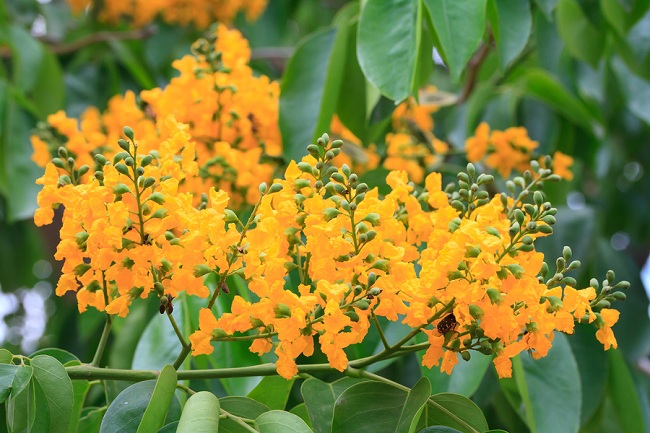
Photo credit: bigstock
3. Pterocarpus or Vijaysar
This is a deciduous tree that grows on the Deccan peninsula. This member of the fabaceae family is thought to be especially useful for those with type 2 diabetes.
The extract from this tree reduces the absorption of glucose by the intestines, making it very effective for those with diabetes. Its anti-diabetic action has been noted in clinical studies that involved human beings, not just animal studies.
It’s the bark from this tree that works its magic. In India, many people have drinking glasses made from the bark , keep water in the glass overnight, then drink it the next morning; incredibly easy. One “glass” made from the bark of this tree lasts about a month. Or you can simply leave the bark in a glass of water and drink it in the morning. Ask at your local Indian cuisine store if they sell the bark from vijaysar trees. If they don’t have it they should be able to order it for you as it’s very commonly used in India.

Photo credit: bigstock
4. Onions
You might not think of the lowly onion as a way to help your diabetes, but it’s true. Onions have been used historically to treat diabetes throughout Europe and Asia. Modern scientific studies have shown that onions lower blood sugar levels while protecting your heart health by reducing blood pressure and cholesterol levels.
Onions active ingredients come mainly from two compounds, sulfur compounds, which collectively are called allyl propyl disulphide (APDS) and flavonoids such as quercetin. The sulfur compounds stop the liver from breaking down insulin and reduce the sugar levels in the blood. Several human studies that were uncontrolled and one double blind clinical trial have shown that eating large amount of onions can significantly lower the blood sugar levels in those with type 2 diabetes. It’s interesting to note that onions do not reduce blood sugar levels in persons with normal blood sugar levels. Put raw, organic onions on everything from salad to soup, eggs to stir fry and get the benefits they have to offer. Read about onions benefits.
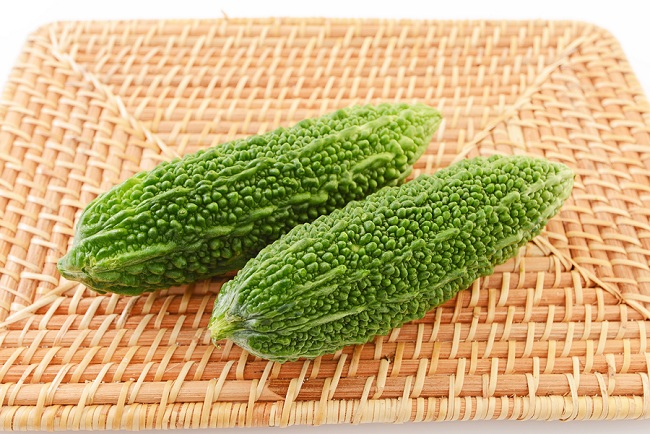
Photo credit: bigstock
5. Bitter Gourd or Karela
Many people are familiar with bitter gourd, a healthy vegetable that is often cooked in a variety of gravies and sauces to offset its bitter taste.
Several recent studies have shown that the extracts from karela can reduce the activity of a certain enzyme, alpha glucosidase, and this helps to reduce the hyperglycemic effect that comes after eating. It’s an insulin like reaction that is thought to be due to the compound called polypeptide-P. Karela has been found to also contain charantin, a phytonutrient that allows the glucose in the blood to be moved into fat tissue, muscles, and the liver, which will lower blood glucose levels.
You can drink the juice raw by selecting a green gourd, slice it lengthwise, then scrape away the flesh and remove the seeds. Place a piece in your blender and drink the juice first thing every morning. Or you can make a tea from dried gourd and drink it twice a day. The tea is not as bitter as the juice and, for many people, this makes it easier to consume.

Photo credit: bigstock
6. Garlic
This tasty treat has many of the same benefits for diabetics that onions have. Research has shown that garlic, like onions, can lower blood sugar levels and benefit the heart. The best way to consume garlic is raw. Chop one or two cloves and eat it within 15 minutes.
Garlic has been well studied on its ability to regulate blood glucose levels. When therapeutic amounts of garlic extracts are used on a regular basis, it can also prevent some of the complications of diabetes mellitus.
SEE ALSO: Cabbage, a Natural Medicine for Cancer and Diabetes
It’s also great for your heart. Numerous animal and clinical studies have shown that regular consumption of garlic can reduce the accumulation of cholesterol levels in the blood vessels. The compounds in garlic can also reduce blood pressure by a vasodilative effect. It can lower blood homocysteine levels, which are a main risk factor in developing heart disease.
Garlic is well liked by many people; however, if you are one of the few who don’t like the taste, there are garlic supplements available for sale in all health food stores.
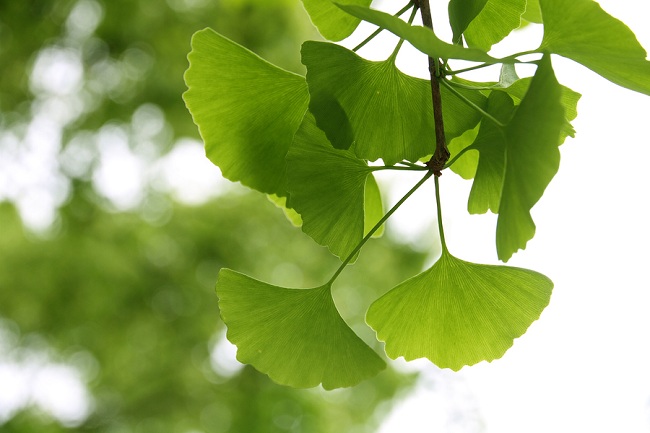
Photo credit: bigstock
7. Ginkgo Biloba
This is perhaps one of the world’s best known herbs for improving energy and brain health but, one of its little known uses is for diabetics. It’s proven to improve the blood circulation to peripheral tissues, those tissues in the arms, legs, toes, and fingers. This is an important benefit for those suffering from diabetes, which often has very poor circulation to their extremities.
A healthy diet, some regular exercise, and the inclusion of ginkgo biloba, can help make improvements for many diabetics. Exercise can help diabetics in many ways, including the improving blood circulation to the extremities, the normalization of blood sugar levels, helping with weight loss, and the overall protection of cardiovascular health.
Ginkgo biloba is available almost everywhere, generally in capsule form. Always buy your supplements from well-known manufacturers and always buy organic. Never buy gingko biloba from any source you do not know well, such as swap meets, dollar stores, or from unknown sellers at those online auction sites.
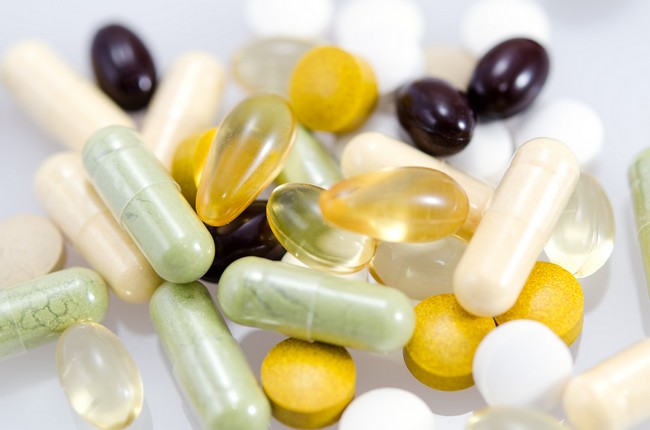
Photo credit: bigstock
8. Bitter Melon
Not to be confused with bitter gourd. Bitter melon is sometimes called balsam pear. It’s a tropical fruit commonly sold in Asia, South America, and Africa. It more closely resembles a large, ugly cucumber more than a pear, but it’s been commonly used in folk remedies for the treatment of diabetes. Clinical studies have been done involving humans which show that the extract from the unripe fruit or juice from ripe fruit has compounds that can lower blood sugar levels.
There are three active substances that have anti-diabetic properties. These are vicine, a compound that is similar to insulin called polypeptide-p, and charantin, which is confirmed as being able to lower blood glucose levels. It’s also well-known that this fruit has a lectin that has similar effects to insulin and its reaction in the brain.
You can find unripe bitter melon at most Asian grocery stores and the extracts are available as supplements, usually in a capsule form, in most health food stores.
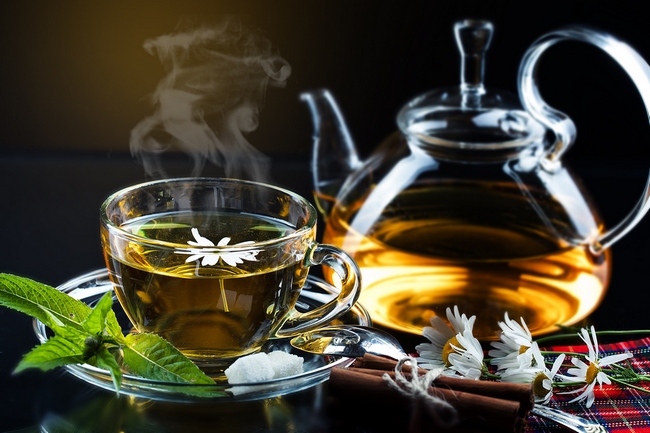
Photo credit: bigstock
9. Gurmar
This is a folk remedy for diabetes that has been shown in some studies conducted in India that can help improve the production of insulin. Gurmar is a climbing type of shrub from India and the leaves have been believed to be capable or destroying or removing sugar in the body.
Also known as Gymnema, its leaves contain gymnemic acids and saponins that have a strong anti-diabetic action. The acids have the capability to reduce the amount of sugar that is absorbed by the intestines during the process of the digestion of foods. This has led those who have researched this plant to reach the conclusion that this folk remedy might actually play a part in suppressing the appetite, as well as increase the amount of insulin produced by the pancreas.
This plant is generally available as a supplement in both tablet and capsule form. The dried leaves are also sold and can be made into a tea. It can be bitter, however, so do as the Indian people do and add a bit of cardamom to help mask that bitter flavor. Drink the tea twice per day or take the supplements as directed.
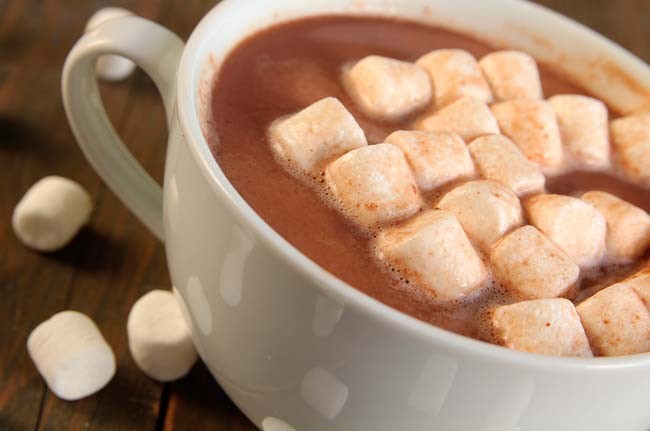
Photo credit: bigstock
10. Marshmallow
No, not those white puffy things that are so good by the fire, marshmallow root! It contains quite bit of pectin, which is a soluble plant fiber that is known to help lower blood sugar levels.
This is one of the plants that is native to Europe but has now spread to Africa, America, as well as Asia. Marshmallow root loves dark, salty swamp lands. It’s been used for many centuries by the ancient Egyptians, Arabs, Romans, and Chinese communities. Marshmallow root is rich in anti-oxidants, which can give a powerful increase in endurance and helping to improve the immune system.
Marshmallow root can suppress the appetite as well as make you feel as though you are full. The starch in the plant expands when liquids are added, making a gel. This gel expands, making your stomach feel full. The gel also coats the entire digestive tract, preventing the intestines from absorbing fat. This is helpful for those with diabetes who are looking to lose weight while controlling blood sugar levels at the same time.

Photo credit: bigstock
11. Milk Thistle
This plant has long been used as a tonic for the liver. Phytotherapy Research published a study that showed that milk thistle lowered the blood sugar levels in persons with type 2 diabetes as well as significantly lower overall cholesterol levels, including LDL, the so-called bad type of cholesterol, triglycerides, and liver enzymes. These are all markers for cardiovascular disease and milk thistle helps to lower all of these.
YOU MIGHT ALSO BE INTERESTED IN: The Bitter Truth About Diabetes Infographic
A study published in Phytotherapy Research done in 2006 with 51 subjects who had type 2 diabetes and took oral drugs for their diabetes showed that those who were given milk thistle in place of their regular medication over a four month period shoed better blood sugar control, and lower levels of cholesterol and blood fat levels called triglycerides. Although the researchers weren’t exactly sure of the exact mechanism that caused this to occur, they believed that it had something to do with the silymarin in milk thistle.
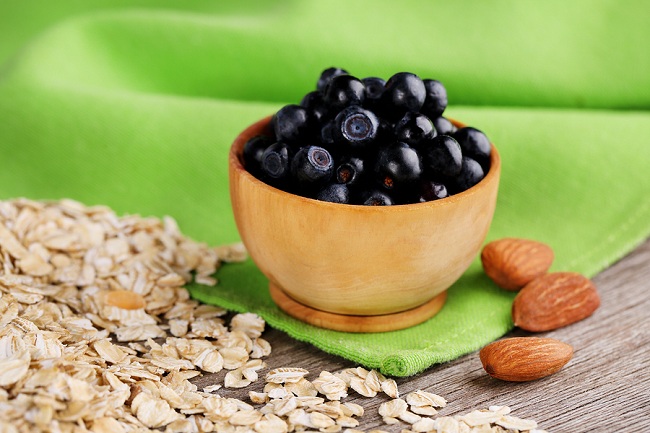
Photo credit: bigstock
12. Bilberry
This age old plant goes by a multitude of names including fruit of myrtle, huckleberry, bleaberry, airelle, black whortle, hurtleberry, and dyeberry. The fruit looks similar to blueberries.
The leaf from this plant has been used through history to treat diabetes, and its use has been backed up by scientific research which shows it does have the ability to lower blood sugar levels.
Bilberry has been used traditionally to also treat diarrhea, and inflammation of the mouth and throat. Some have tried this plant for chronic fatigue syndrome, heart problems, hardening of the arteries, and urinary tract infections with some positive results.
Both the berries and the extract from this plant offers additional benefits to diabetics, including improving vitamin C levels, preventing easy bruising by reducing the breakage of smaller blood vessels, as well as providing antioxidant support. It can also protect eye health by improving circulation to the retina. Bilberry strengthens the blood vessels in the body and improves overall circulation, which is important to many diabetics who suffer from impaired circulation.
Sources:
Duke, James A., PhD. The Green Pharmacy. New York, NY: Rodale, 1997. Print.
Murray, Michael, ND, and Pizzorno, Joseph, ND. Encyclopedia of Natural Medicine. 2nd ed. New York, NY: Three Rivers Press, 1998. Print.
Stengler, Mark, ND. The Natural Physician’s Healing Therapies: Proven Remedies Medical Doctors Don’t Know. New York, NY: Prentice Hall Press, 2010. Print.

































